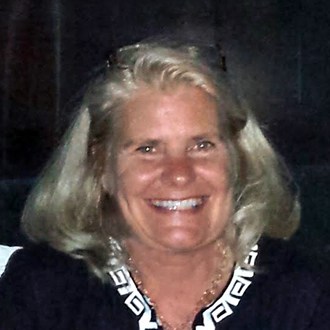Professor, Departments of Entomology & Neuroscience
Principal Investigator
Education
Ph.D., University of Oregon
B.A., University of California San Diego
Contact Information
Email: mesce001 [at] umn.edu
Phone: 612.624.3734
Lab: 440 Hodson Hall
Office: 412 Hodson Hall
Campus Mailbox: 219 Hodson Hall
Other Websites
My Faculty Page, UMN Dept. of Entomology
My Faculty Page, UMN Dept. of Neuroscience
About Me:
Research Interests: Dopamine (DA) is an important and universal modulator of motor control, but neuroscientists have yet to determine precisely how DA-containing neurons and their targeted circuitry choreograph specific locomotor programs. My research laboratory is addressing such important questions at the level of single identified neurons; often at times while the intact animal is behaving. The simpler nervous system of the leech (Hirudo species) was selected for study because it contains relatively large and physiologically accessible neurons and a hierarchical circuit organization, thus facilitating studies of locomotion, body movement and descending control. Specifically, we are now characterizing constituents of the pattern-generating network underlying crawling-related behavior, and determining how DA changes the properties of neurons to facilitate their participation in crawling. This approach often leads us naturally to an understanding of the neuronal bases of decision-making; for example, we have found that whenever DA triggers crawling then swimming is inhibited. We use a variety of behavioral, electrophysiological, anatomical and computational methods to study how DA promotes crawling behavior. Our most recent studies have revealed how unit oscillators for locomotion are coupled through long-distance and local connections. Our simpler neural networks are perfect for investigation by graduate students as the neurons are relatively accessible for experimental analysis and research questions can be addressed at the level of the intact organism down to the level of single neurons and the cell-molecular machinery that enables them to participate adaptively within their networks of operation.
